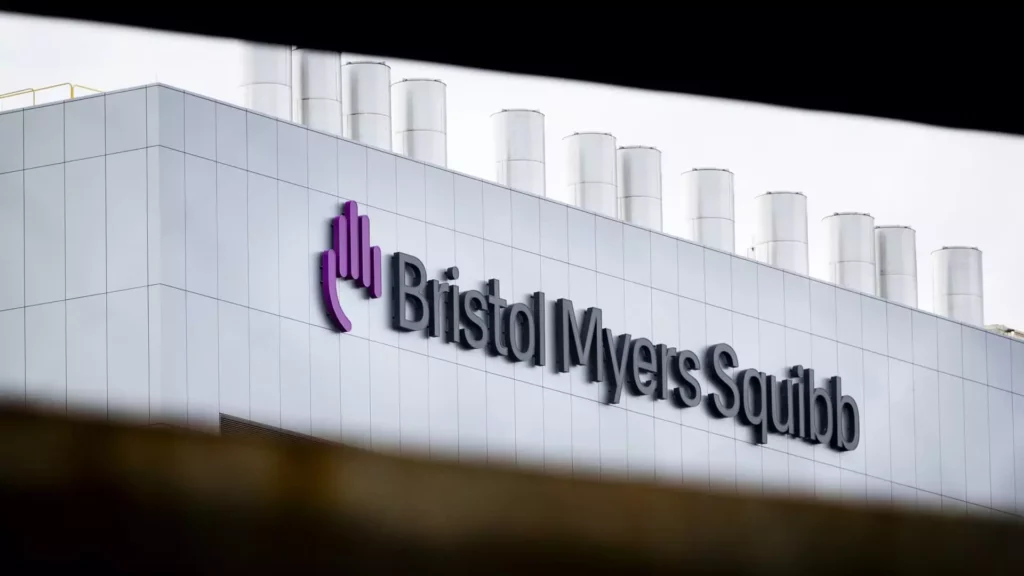![]()
Bristol Myers Squibb announced that it will be cutting $1.5 billion in costs by 2025 to reinvest the money into drug development. As part of this cost-saving initiative, the company plans to lay off 2,200 employees, discontinue some drug programs, eliminate open roles, consolidate its sites, and reduce management layers. The goal is to prioritize investment in key drug brands, optimize operations, and focus resources on research and development programs that could deliver the highest returns for the company and benefit patients.
According to Bristol Myers Squibb executives, two-thirds of the savings from the cost-cutting measures are associated with drug research and development. The company has already discontinued around 12 drug programs and will continue to evaluate others to drop throughout the year. Bristol Myers Chief Medical Officer, Dr. Samit Hirawat, emphasized the importance of prioritizing research and development efforts to drive innovation and growth in the pharmaceutical industry.
Despite reporting first-quarter revenue that exceeded expectations, Bristol Myers Squibb swung to a quarterly loss due to one-time charges related to recently closed deals. The company reported a net loss of $11.9 billion for the first quarter, compared to net income of $2.3 billion for the same period a year ago. The loss per share was $4.40 adjusted, slightly better than the expected $4.44. The revenue for the first quarter was $11.87 billion, up 5% from the year-earlier period.
Bristol Myers attributed the revenue growth in the first quarter to higher sales of key drugs like Eliquis, Reblozyl, and Opdualag. Eliquis, a blockbuster blood thinner, saw a 9% increase in sales, generating $3.72 billion for the quarter. Reblozyl, an anemia drug, and Opdualag, an advanced melanoma treatment, also posted significant revenue growth. However, some newer drugs like Abecma fell short of Wall Street’s expectations, indicating the challenges in launching and establishing new medications in the market.
Bristol Myers is facing pressure to launch new drugs to offset the potential loss of revenue from its existing treatments like Revlimid and Opdivo. The competition from cheaper generic versions of its top-selling drugs poses a threat to the company’s revenue stream. Despite the challenges, Bristol Myers remains focused on driving innovation, cutting costs, and reinvesting in research and development to sustain long-term growth.
Bristol Myers Squibb’s cost-cutting measures reflect the company’s commitment to adapting to the evolving pharmaceutical landscape. By streamlining operations, prioritizing research and development, and optimizing resources, Bristol Myers aims to position itself for future success in a competitive market. The impact of these initiatives on the company’s financial performance and drug development pipeline will be crucial in determining its long-term growth and profitability.

Leave a Reply